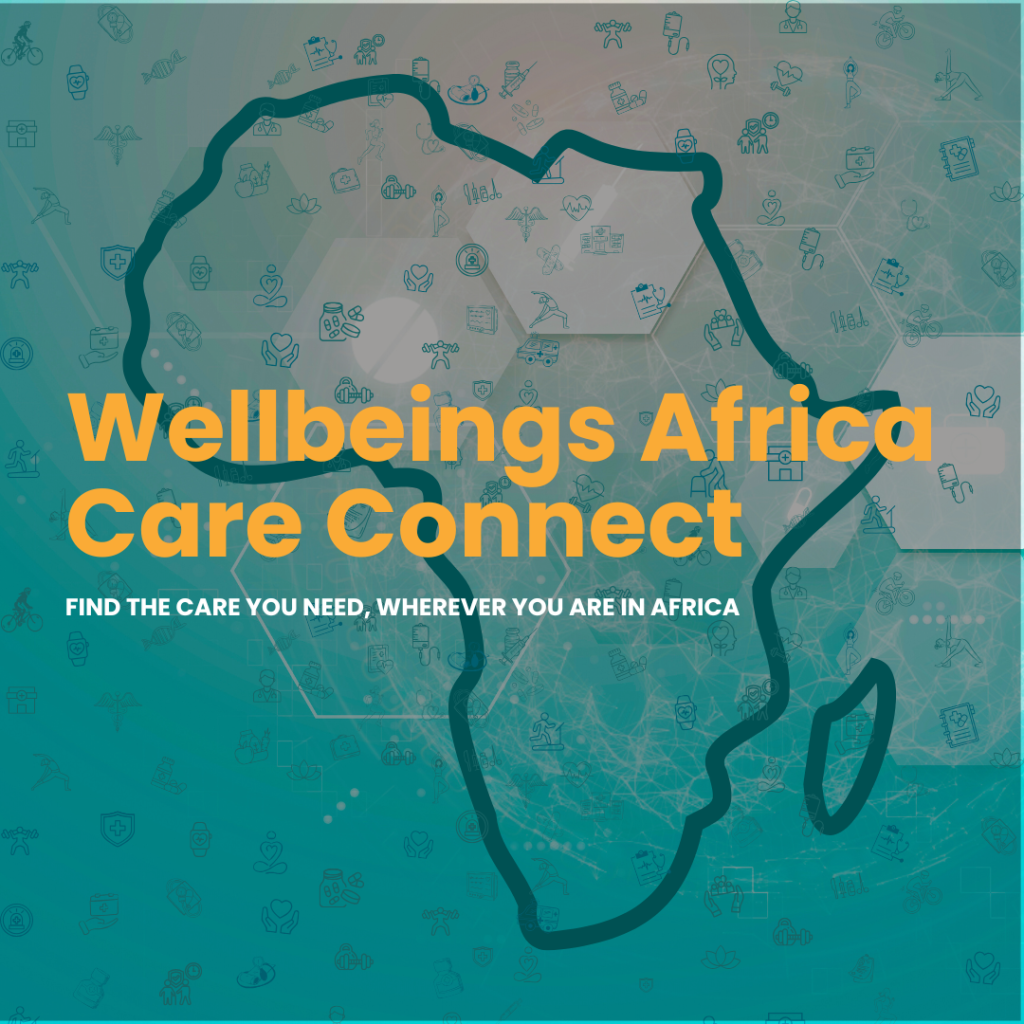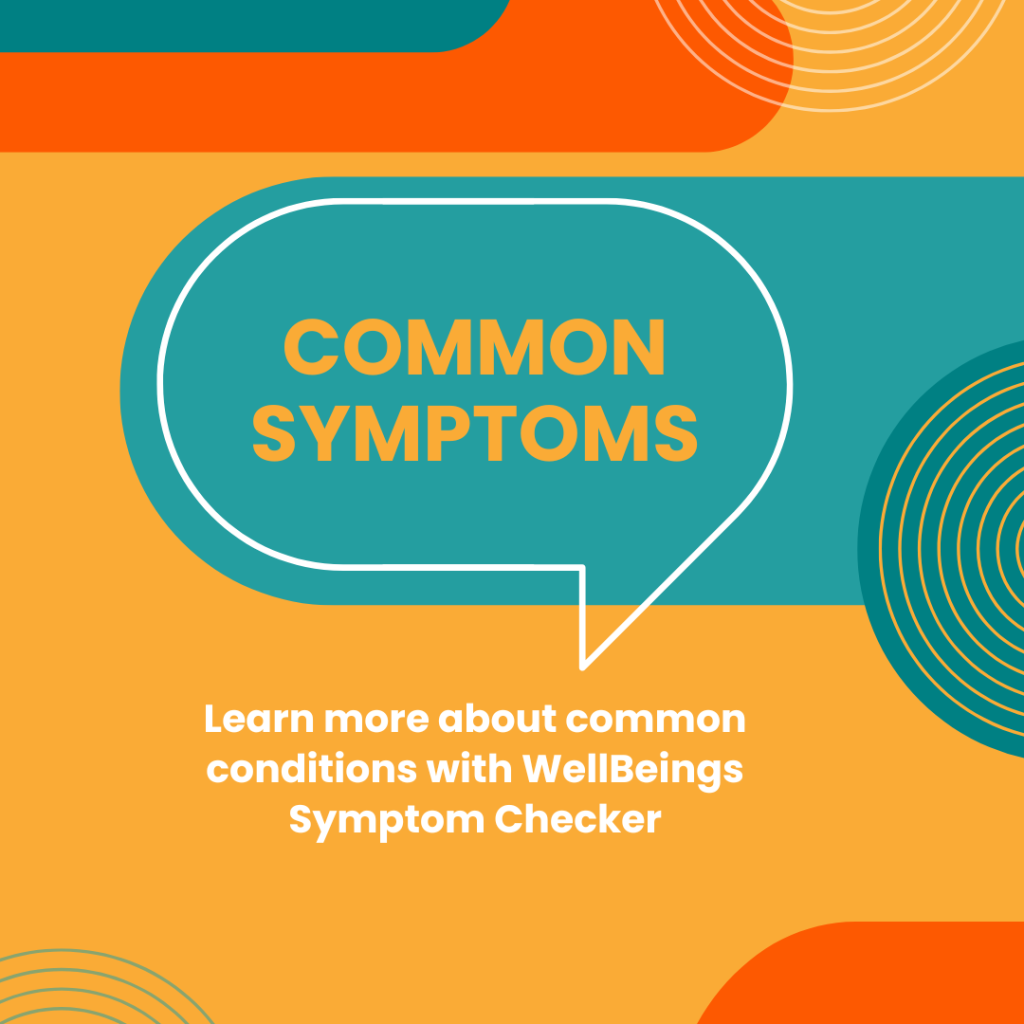It may be tempting to switch medical aids for a lower-cost plan. Let’s understand the intricacies
In current times, who doesn’t want to cut costs? When you look at your monthly expenses, it’s probably with a wince of pain when your eye falls on your medical aid costs. So, why not change to a new, lower-cost plan? It makes sense after all, by keeping MORE cents in your bank account. Let’s learn more about switching medical aids.
How easy is it to change medical aids?
Well, it’s not the hardest thing in the world, but you will have to do some legwork. Most important of which is – do your research, then more research. What do you need in terms of everyday medical coverage? Are you relatively healthy? Do you have chronic conditions that need special medication? These questions and more will factor into your choice of a new medical aid.

You may have a waiting period
According to the Medical Schemes Act, a medical aid is within its rights to effect a three-month waiting period, 12-month pre-existing exclusion, or a penalty as a late joiner. Ask these questions at the outset, especially if you have a serious health condition that requires ongoing treatment and medication. Or, you may only be able to join at a specific time of the year.
It’s a lower premium but…
Does it cover everything you need it to cover? For example, you may only be allowed to go to a certain network of hospitals that are inconveniently far away. Will you have enough allowance/medical savings for prescription medication? It’s tempting to choose the lowest premium possible, but you must check what you actually receive for that amount, before switching medical aids.
You’re still subject to annual increases
Your new medical aid is a little lighter on your pocket, but most medical aids will still implement annual premium increases. What does this mean for you? You still need to budget for these increases. Most medical aids raise premiums each year to keep up with inflation and rising healthcare costs. These increases can range from 5% to 10% (or sometimes more).
Don’t fall for the hype!
You’ve seen the ad on TV and it looks amazing. All the benefits at half the cost. Many companies may offer tempting promotions but switching to a medical aid plan based solely on that offer could be a mistake. For one thing, there are probably tons of terms and conditions attached to that promotion. Introductory offers are typically things like discounted premiums for the first few months or waived joining fees. The catch could be that these are usually short-term incentives. Once these benefits expire, you’ll be responsible for the full cost, which may be more than anticipated.
Inspect the little details
When choosing a medical aid plan, it’s easy to assume that day-to-day healthcare costs will be fully covered. However, many plans set annual limits on day-to-day benefits like doctor visits, prescription medication, and dental care. Overestimating this cover can lead to unexpected out-of-pocket expenses if you hit these limits partway through the year.
Remember: hospital cover is NOT the same as medical cover
It’s easy to confuse day-to-day cover with hospital cover, but they’re separate. Hospital cover takes care of in-patient costs, while day-to-day cover includes outpatient services like doctor visits and medication. Plans that focus on hospital cover may provide minimal day-to-day benefits.
Help at hand
When considering a lower-cost medical aid plan, it’s understandable to be drawn to the savings. Still, it’s vital to ensure the plan will meet your healthcare needs. Lower-premium plans often focus on basic hospital coverage but might fall short on day-to-day benefits such as doctor visits, medications, or specialist consultations. They may also limit your choice of hospitals and specialists, potentially affecting your ability to see providers you trust.
Before making a switch, take a close look at what’s covered, especially if you need ongoing treatment, chronic medications, or have any planned procedures. Balancing affordability with the right coverage can help you avoid unexpected costs, ensuring you’re fully supported when you need care the most.
Images: Freepik





















